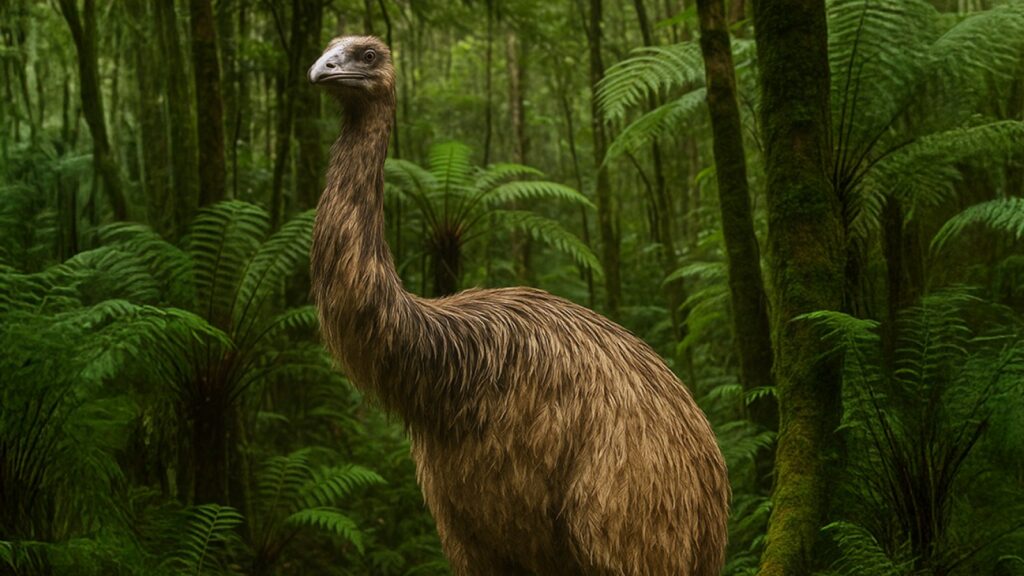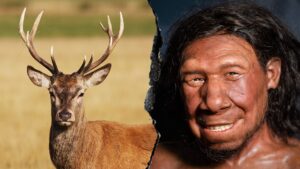
On Tuesday, Colossal Biosciences announced an ambitious plan to resurrect the moa, a giant flightless bird that once roamed New Zealand’s landscapes. Extinct for nearly 600 years, the moa was the tallest bird to have ever lived, standing up to 12 feet tall. This initiative aims to bring back a species that holds significant cultural importance for New Zealanders, particularly the Māori, the indigenous Polynesian people of the region.
Colossal Biosciences, a Dallas-based startup, hopes to reintroduce the first new moas within five to ten years. The company is currently in the process of gathering ancient DNA samples to sequence the bird’s genome. This project is not Colossal’s first foray into de-extinction; the company has previously announced efforts to revive other extinct species such as the dodo, the Tasmanian tiger, and their flagship project, the woolly mammoth.
The Science Behind De-Extinction
Colossal’s work has sparked both public fascination and scientific controversy. Earlier this year, the company unveiled dire wolf pups, created by editing genomes of gray wolves with ancient DNA fragments to give them dire wolf characteristics. This move drew criticism from some scientists who argue that these animals are not true dire wolves but rather genetically modified versions of existing species.
“If it looks like a dire wolf and it acts like a dire wolf, I’m gonna call it a dire wolf,” said Beth Shapiro, Colossal’s chief science officer, defending the company’s approach.
The company’s de-extinction efforts have attracted high-profile investors, including George R.R. Martin, who supported the dire wolf project. The moa project, however, was inspired by Peter Jackson, the acclaimed director of the “Lord of the Rings” films. Jackson, a native New Zealander, has long envisioned the return of the moa as part of his homeland’s cultural heritage.
Cultural and Ecological Significance
For the Māori, the moa is more than just a bird; it is a symbol of resourcefulness and environmental stewardship. The Ngāi Tahu Research Centre at the University of Canterbury, a leading institute of Māori scholarship, has partnered with Colossal Biosciences to ensure the project respects and incorporates indigenous knowledge.
According to Mike Stevens, director of the Ngāi Tahu Research Centre, the moa played a crucial role in the survival of the Māori people after their migration to New Zealand in the 1300s. The bird was a vital resource, providing food, tools, and materials for decoration.
“The moa was the key resource that allowed this relatively small founding population to survive and grow,” Stevens explained.
The moa’s extinction, which occurred roughly 150 years after the Māori’s arrival, was due in part to overhunting and environmental changes. The project to revive the moa offers an opportunity for the Māori to rediscover their ancestral connections to the land and its ecosystems.
Challenges and Future Prospects
Over the next six months, Colossal scientists, alongside archaeologists from the Ngāi Tahu Research Centre, will focus on collecting and analyzing ancient DNA samples. They have already extracted around two dozen samples from Peter Jackson’s personal collection of moa fossils, with plans to gather more from the Canterbury Museum.
Colossal aims to complete the first moa genome by the summer of 2026. In the meantime, they have developed a reference genome from the tinamou, a South American bird believed to be the moa’s closest living relative.
Ben Lamm, CEO of Colossal Biosciences, emphasizes the importance of collaborating with indigenous groups in this project. The partnership with the Ngāi Tahu Research Centre marks a new approach for the company, focusing not only on ecological and environmental benefits but also on cultural history.
“This is a long-term partnership. We’ve gone deep into not just the ecological or environmental benefit of this species, but in the cultural history, it’s been awesome,” Lamm stated.
As Colossal Biosciences continues its groundbreaking work, the revival of the moa could pave the way for future de-extinction projects, offering insights into both the past and the potential future of biodiversity conservation.





